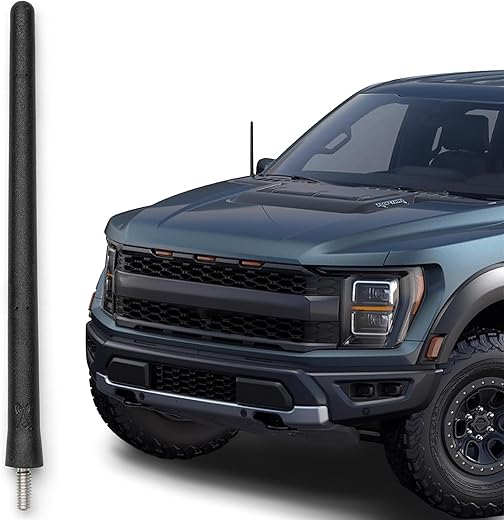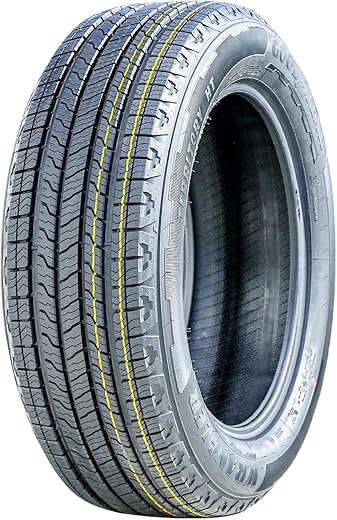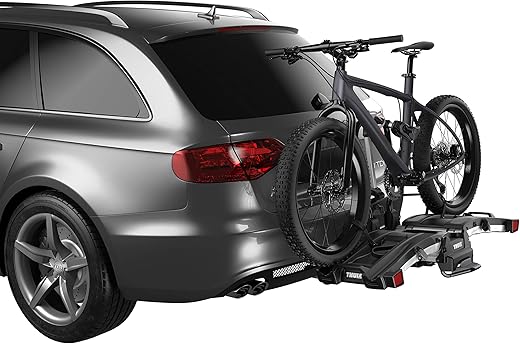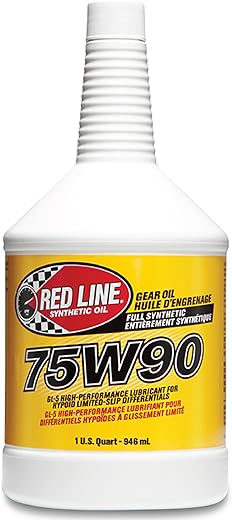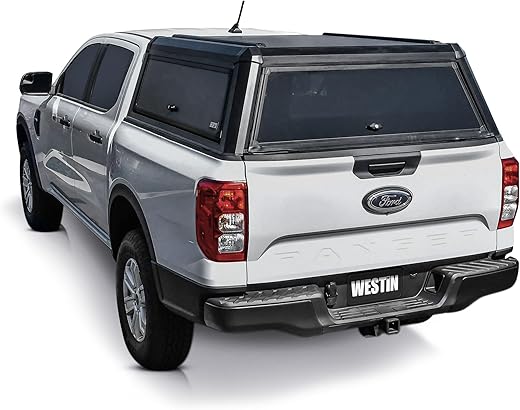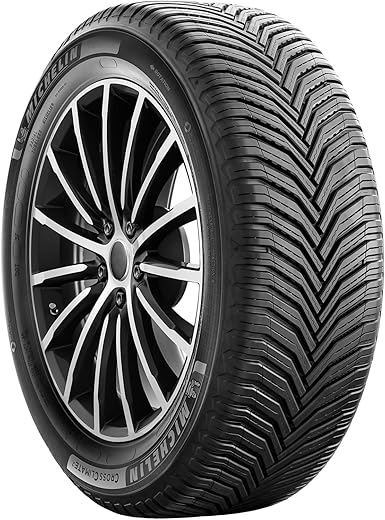Best Tires for Ford Maverick – Top Picks for City & Highway Driving
Will your Maverick tow, commute, or cosplay as an SUV? Pick the tires that match its mood.
New tires change everything. They can sharpen braking, tame highway roar, and turn a worrying shake into a confident drive.
You drive a compact truck that does a lot of different jobs. So you need tires that balance comfort, longevity, and the occasional heavy load — without guessing. Read on and get the right fit for your Maverick.
Top Picks for 2026 Maverick Tires




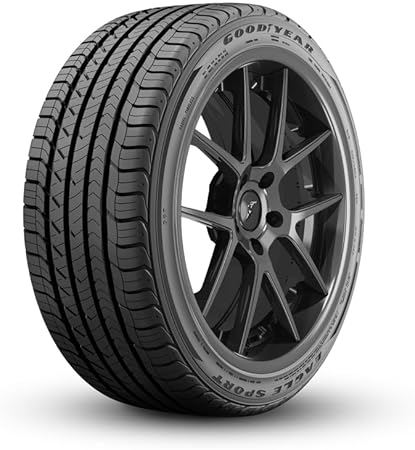
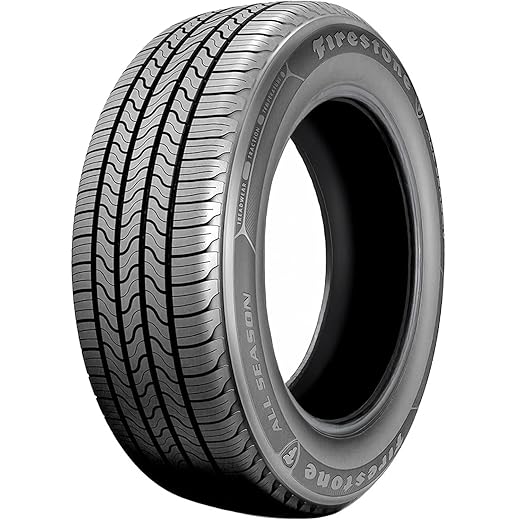
Michelin Defender LTX M/S2 265/70R17
A standout for light trucks, SUVs, and crossovers that demands long mileage and secure wet braking. It’s engineered for heavy use and towing while retaining a comfortable, confidence-inspiring ride.
Who should consider it
This tire is built for light-truck and SUV owners who want a durable, all-season option that can handle commuting, towing, and higher-mileage use. If you prioritize longevity and reliable wet stopping power for a heavier vehicle, this model is designed with those goals in mind.
Key features and advantages
These traits make the tire well suited to drivers who tow occasionally or do long highway miles and want a tire that resists wear while maintaining stable traction in mixed weather.
Real-world performance notes
You’ll notice secure braking in wet conditions and confident handling under load. The ride remains composed, which helps on long trips. A minority of users have reported premature failures; while these are not common, they are worth tracking through dealer support and warranty terms.
Practical trade-offs
The Defender LTX M/S2 costs more upfront and may weigh more than typical passenger tires, which can slightly affect economy. For drivers who need maximum value across mileage, load capacity, and wet traction, the tire remains an industry-leading pick.
Continental CrossContact LX25 235/60R18
A premium all-season designed for crossovers and SUVs that emphasizes quietness, comfort, and confident wet traction. It’s particularly strong for drivers who want a refined ride and durable performance.
Purpose and design intent
The CrossContact LX25 is engineered for modern crossovers and mid-size SUVs where ride comfort, low noise, and reliable all-season traction are priorities. It aims to deliver a premium driving experience while offering durable performance across a range of conditions.
Notable features and benefits
Owners commonly report a noticeable reduction in road noise and a composed on-road feel, which makes long drives and daily commuting more pleasant.
Practical insights and limitations
You’ll get a refined, quiet cabin and trustworthy wet-weather behavior; that’s especially valuable on longer trips or highway work. The premium positioning carries a higher upfront cost compared with value-focused options, but many buyers find the tradeoff worthwhile for the comfort and durability.
Buying recommendation
If you prioritize a quiet, comfortable ride and expect consistent year-round performance on a crossover, this tire is among the better premium choices. Compare prices across retailers and factor in professional mounting and alignment for the best long-term results.
BFGoodrich Advantage Control 235/65R17
A touring-style tire focused on long life, a quiet ride, and shorter stopping distances in the wet. It’s a good match if you want peace of mind, especially on family vehicles and crossovers.
Who will benefit
This tire is aimed at drivers of sedans, crossovers, and minivans who prioritize long tread life, comfort, and predictable wet braking. If you want a low-stress ownership experience with a strong manufacturer warranty, this model delivers.
Key technologies and advantages
Those features translate into a quiet highway ride, confident braking in rain, and lower long-term tire replacement costs when you achieve the advertised mileage.
Practical driving notes
You’ll notice a comfortable, composed ride in daily driving and clear benefit in wet braking tests compared with many competitors. For drivers in areas with only occasional snow, the tire will be adequate; in regions with regular, deep winter conditions you should add a winter-specific set for the cold months.
Final considerations
If maximizing miles per dollar and maintaining a comfortable cabin are priorities, this tire is a practical choice. Always confirm the warranty terms for the specific size you buy and follow rotation and alignment guidance to realize the promised mileage.
Goodyear Assurance WeatherReady 235/50R17
A versatile all-season tire engineered to adapt to changing conditions and remain pliant in cold weather. It delivers predictable wet and light-snow traction while offering a responsive feel for everyday driving.
What the WeatherReady brings to your vehicle
This Goodyear model is built to give you confidence across variable seasonal conditions without swapping tires. The Weather Reactive technology changes how the tread behaves during cornering versus wet-surface contact, which helps maintain bite where you need it.
Notable features
For daily drivers who face mixed weather — rain, occasional snow, and cold mornings — those attributes translate into better grip and fewer surprises during transitions.
Everyday use and limitations
You’ll appreciate the confident traction in rain and the more tolerant low-temperature compound when roads get chilly. However, in prolonged deep-snow conditions you’ll still be best served by a dedicated winter tire. Consider this option a strong all-season compromise: capable, comfortable, and safe for most year-round driving scenarios.
Buying advice
If you want an all-weather tire that leans toward safety and adaptability, this is a solid choice. Compare prices across sizes and check mounting/warranty packages when purchasing, because the premium features are most valuable when paired with professional installation and alignment.
Goodyear Eagle Sport All-Season 225/60R18
A performance-oriented all-season that gives you sharper steering response and stable cornering for spirited daily driving. It’s tuned to deliver even treadwear while keeping the vehicle planted through turns.
Who this tire suits
Choose this Eagle Sport model if you want a sportier on-road feel without stepping up to a summer or ultra-high-performance tire. It’s ideal for drivers who reward responsive handling and want predictable behavior in dry and wet conditions.
Highlights and engineering aims
This combination helps you maintain a confident driving posture on twisty roads and daily commutes while also delivering predictable wear patterns when you rotate tires as recommended.
Practical considerations
If cabin quietness is your top priority, a touring-class tire may be quieter; likewise, if you face heavy winter conditions, a winter-specific tire will outperform this model. For most drivers seeking a sporty but practical all-season, it’s a compelling compromise.
Buying tips
Pair these with a proper alignment and check tire pressure regularly to maximize even wear. If you frequently push your vehicle hard, inspect tread depth more often to avoid accelerated wear near the end of life.
Firestone All Season 225/65R17 Tire
A well-balanced touring tire that prioritizes a quiet, comfortable ride and predictable wet traction. It’s a sensible choice if you want long tread life and low road noise for daily driving without chasing sport performance.
What it’s designed for
The Firestone All Season is aimed at drivers who use coupes, sedans, minivans, and crossovers and need a no-fuss, long-lasting all-season tire. It balances comfort and predictable traction for everyday commuting and family driving.
Key features and benefits
These elements mean you can expect a supple ride, confidence in rain, and extended service life when the tire is properly maintained and rotated on a regular schedule.
Practical performance and user considerations
On dry roads the tire provides stable handling appropriate for its touring class. In wet conditions the grooves and sipe geometry work to evacuate water, reducing hydroplaning risk. If you live where heavy snow and ice are frequent, plan to pair this tire with a true winter tire for the cold months.
Limitations and buying advice
Expect competent but not sport-level grip; the tire is tuned more for comfort than aggressive cornering. If you need maximum winter performance, look at dedicated winter tires or an all-season marked with the three-peak mountain snowflake. For mixed urban and highway driving, this All Season model is a pragmatic, budget-conscious selection.
Final Thoughts
For most Ford Maverick owners who want the best mix of durability, load capacity, and long mileage, choose the Michelin Defender LTX M/S2. It’s the top pick if you regularly haul, tow, or expect your tires to last long miles while keeping strong wet braking and a composed ride.
If your Maverick’s life is mostly commuting, weekend errands, and highway miles where a quiet, refined ride matters most, go with the Continental CrossContact LX25. It’s quieter, very comfortable, and delivers confident wet traction for daily drivers and small family crews.
If you live where winters bite, consider the Goodyear Assurance WeatherReady as a close runner-up — it’s the most capable of these choices in cold and light-snow conditions while still giving predictable handling.
How to choose the right tires for your Ford Maverick
Choosing tires for a Maverick means balancing three practical needs: load/towing capability, ride comfort/noise, and seasonal traction. Start by identifying how you use the truck — daily commuter, light-hauler, or weekend off-roader — and prioritize accordingly.
1) Confirm size and load rating
2) Match tire type to use case
3) Tread life, warranties, and real-world wear
4) Seasonal strategy and safety
Quick comparison (at-a-glance)
| Model | Best For | Strengths |
|---|---|---|
| Michelin Defender LTX M/S2 | Towing, heavy use, long mileage | Durability, wet braking, comfortable ride |
| Continental CrossContact LX25 | Comfort & quiet daily driving | Low road noise, refined highway manners |
| Goodyear Assurance WeatherReady | Cold climates, light snow | Cold-weather pliability, all-weather grip |
| Goodyear Eagle Sport All-Season | Sporty handling | Sharp steering, stable cornering |
| BFGoodrich Advantage Control | High-mileage touring | Long life, strong wet braking |
| Firestone All Season | Budget-friendly touring | Quiet, predictable, good value |
Final practical tips
Following these steps will help you pick the right rubber for your Maverick’s role — whether that’s hauling gear, cruising quietly on the highway, or staying sure-footed in the cold.
FAQ
Check the placard on the driver’s doorjamb or the owner’s manual first. The Maverick commonly uses 17–18 inch wheels; match the tire size and load index to the stock values or consult a tire pro if you change wheel diameter. Don’t guess — fitment, clearance, and load rating matter.
You can use SUV/crossover touring tires on a Maverick for quiet, efficient highway driving. Choose light‑truck rated rubber (like the Michelin Defender LTX) if you tow frequently or carry heavy loads. The key is the load index and construction rather than the label alone.
All-season tires handle mild cold and occasional snow, but they’re a compromise. If you regularly face deep snow, hard-packed ice, or long cold stretches, winter-specific tires are significantly safer. The Goodyear Assurance WeatherReady is the better all-season option for light-snow regions.
Expect 40,000–70,000 miles depending on the tire and driving habits. Touring and high‑mileage tires (Michelin Defender, BFGoodrich Advantage Control) run to the higher end. Check tread depth (replace at 4/32" for winter-prone areas or 2/32" legally) and monitor uneven wear.
Mixing tread types front-to-rear is risky. If you must, keep identical tires on the same axle and match speed and load ratings. For stability and predictable handling, the safest route is a matched set.

